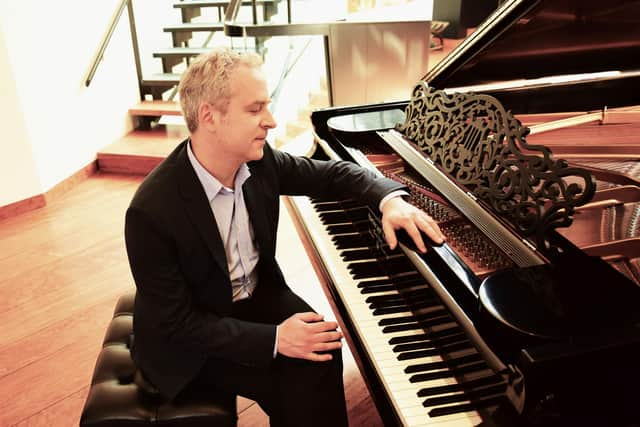Music review: RSNO & Jeremy Denk, St Mary’s Church, Haddington
RSNO & Jeremy Denk, St Mary’s Church, Haddington ****
To mark the passing of the Queen, the Royal Scottish National Orchestra’s patron, there was a minute’s silence following the playing of the National Anthem. This sombre beginning to the concert set the tone for Sibelius’s fourth symphony, a profound work that not only explores the darker side of human emotions but uproots and shakes up musical conventions.
Conductor Rory Macdonald and the orchestra beautifully shaped Sibelius’s elusive soundscapes into a work of real substance. Grumbling basses and plaintive echoing horns set in motion this bleak journey across a wilderness of tundra and ice. There was a brief moment of frivolity in the allegro as the woodwinds held animated conversations before the slow movement unveiled the essence of this otherworldly symphony. Here the ominous murmur of kettle drums threatened to crack the icicles of string sound while the woodwind hinted at something darker lurking under the ice. In the finale the mood changed again with the glockenspiel sparkling, only to be overpowered by agitated strings and cheerless brass.
Advertisement
Hide AdAdvertisement
Hide Ad

By contrast, Brahms’s second piano concerto exuded warmth and vitality but ultimately had little substance, though soloist Jeremy Denk, Macdonald and the orchestra did their best to make sense of this rather fragmented piece. It started with a bit of tease between the horns and piano before the orchestra, with a flourish, took control. Despite Denk’s technical brilliance and nuanced reading of the work, however, the piano is frustratingly never quite front and centre. Whenever it came close, such as in the andante, the piano was overshadowed by the lyrical lines of the cello (played exquisitely by principal Karen Stephenson). The highlight of this bitty work was the Mahler-like phrases that swept the last movement along to its conclusion.